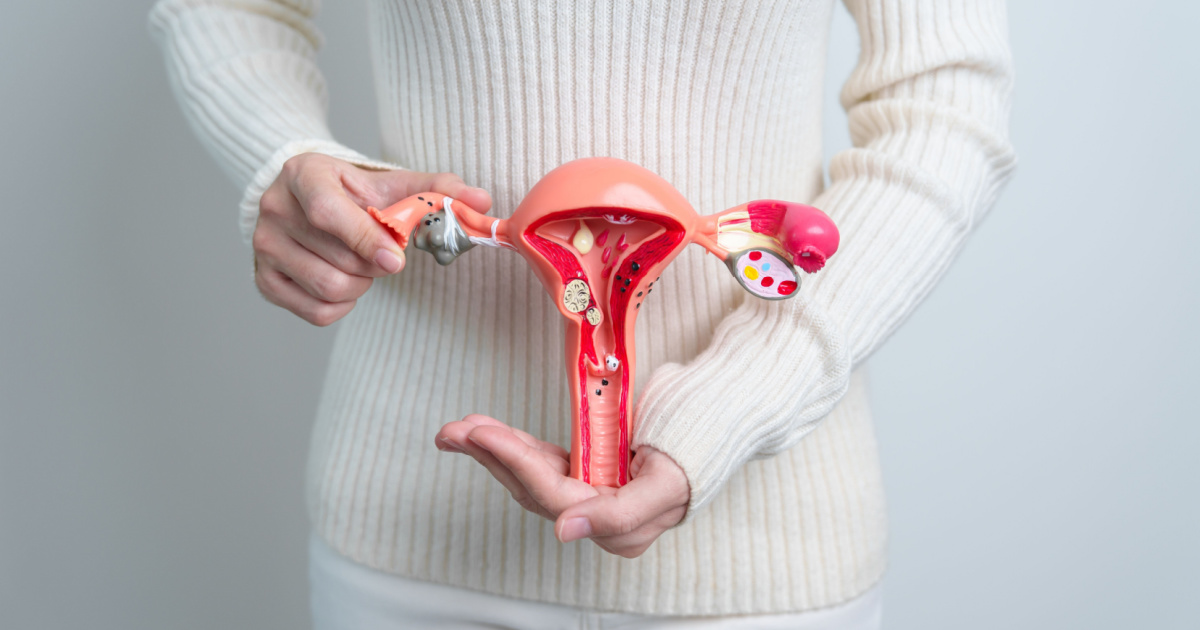Estrogen is a crucial hormone that plays a significant role in the health of both women and men. While it is commonly known as the “female” hormone, men also have estrogen in their bodies, although in smaller amounts. Imbalances in estrogen levels can lead to various health issues, affecting both women and men. What is estrogen’s role in the body, and what happens when its levels become unbalanced? These are the signs that your estrogen levels are too high, and most importantly, what you can do to change it.
What is Estrogen and Its Role in Women’s and Men’s Bodies and Health
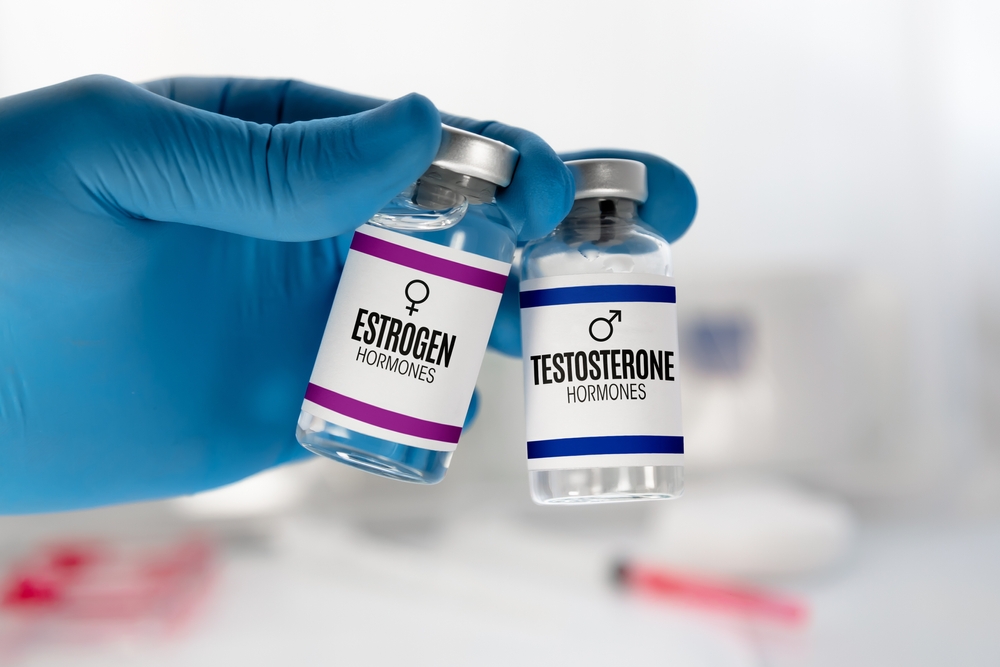
Estrogen is a hormone produced in the ovaries and the testes, with biological women typically having higher levels. Its primary functions include regulating sexual development, maintaining the menstrual cycle (in women), and influencing the reproductive system. In men, estrogen also plays a role in sexual function.
Estrogen is a hormone that plays an important role, particularly in women’s bodies. It helps regulate the menstrual cycle and is responsible for many of the changes that occur during puberty, such as breast development and the growth of pubic hair. Estrogen also helps maintain healthy bones and keeps them strong. In men, estrogen plays a crucial role in regulating libido (sex drive), erectile function, and spermatogenesis (the production of sperm).
Read More: Why Didn’t Doctors Caution Patients About the Link Between Hormone Replacement Therapy and Cancer?
Typical Estrogen Levels throughout the Lifecycle

Estrogen levels can vary depending on factors such as sex assigned at birth, age, and other individual factors. There are three types of estrogen: estradiol, estrone, and estriol. Throughout different life stages, typical estrogen levels can range from undetectable to several hundred pictograms per milliliter (pg/mL). For example, prepubescent females may have undetectable to 29 pg/mL of estrone and undetectable to 20 pg/mL of estradiol. It’s important to note that estrogen levels can fluctuate during a woman’s menstrual cycle. Men’s levels of estrogen are typically lower than women’s, but they can still vary depending on factors such as age, weight, and overall health.
Causes of Estrogen Imbalance
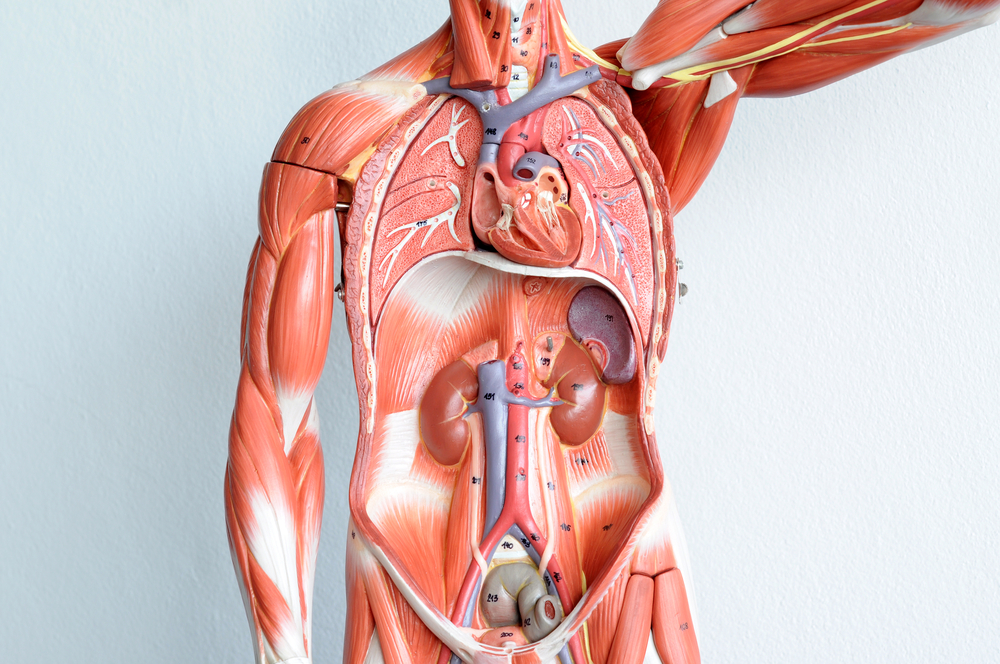
Several factors can disrupt the balance of estrogen levels within the body. Some of these are out of our immediate control, while others are very much within it. These include:
- Hormone replacement therapy (HRT), is commonly used to treat menopause symptoms.
- In vitro fertilization (IVF) procedures.
- Estrogen-producing tumors, such as ovarian cancer.
- Polycystic ovary syndrome (PCOS), can cause an excess of estrogen relative to progesterone.
- Lifestyle choices include poor diet, excessive alcohol consumption, and lack of exercise.
- Environmental factors, such as exposure to certain chemicals and pollutants.
15 Signs of Excess Estrogen and Their Presentation in Women and Men
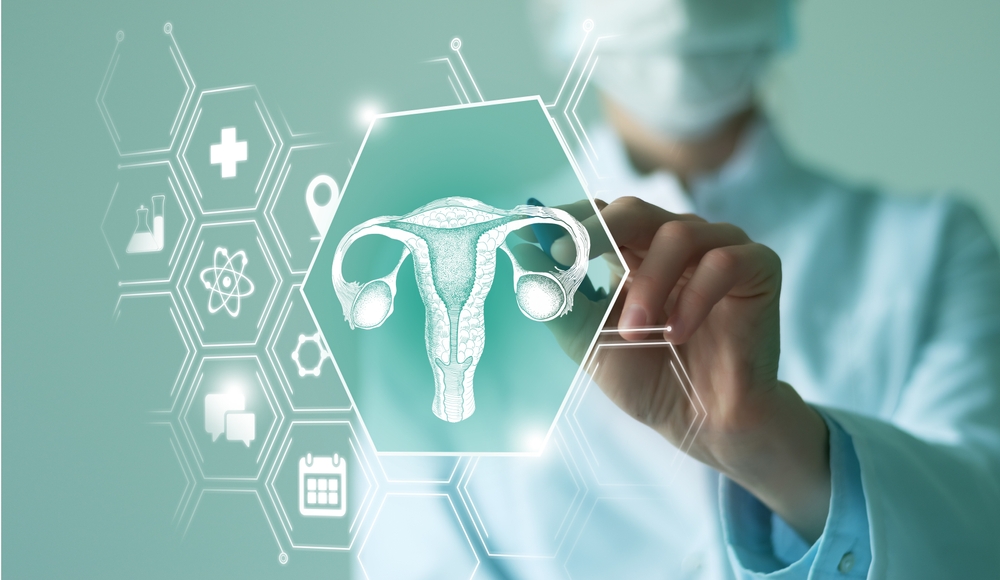
Hormonal balance in our bodies is critical for health. For women, especially, having too high estrogen levels can cause some major problems. This can also be disruptive for men, though too-high estrogen levels in men will be different and present differently in men than in women. These are 15 signs that your estrogen levels are too high:
1. Breast tenderness

Both women and men may experience breast tenderness as a symptom of high estrogen levels. In men, it can sometimes look like they have very small boobs. No matter how much they workout or how many push-ups they do, if their estrogen levels are too high, this won’t change.
2. Headaches
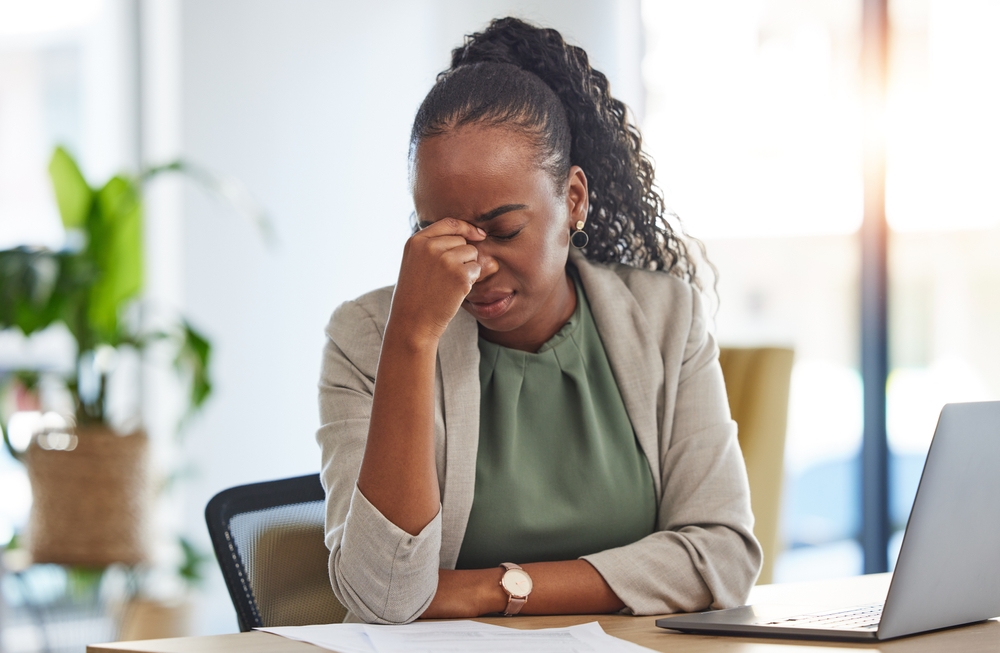
Commonly reported by women with hormonal imbalances, headaches can also occur in men. This can also present itself more severely as migraines.
3. Weight gain

Increased estrogen levels can lead to weight gain in both genders. This will also affect where that fat is distributed. For women, this is typically in the hips and thighs.
4. Menstrual irregularities
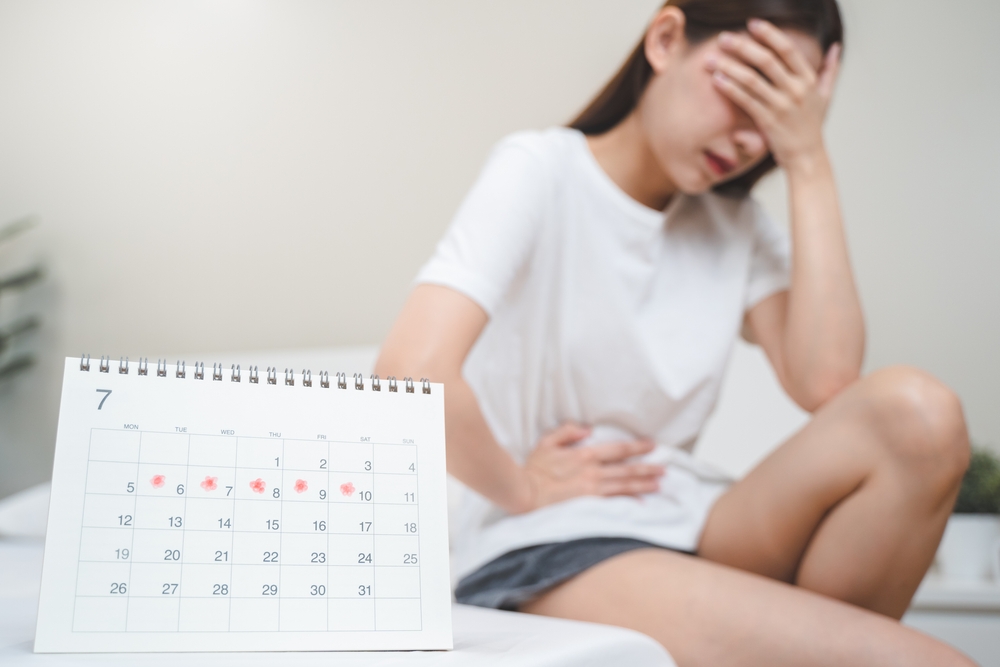
Women may experience heavy or light menstrual bleeding and worsening of premenstrual syndrome (PMS). They also may experience a menstrual cycle that is less predictable.
5. Fibrocystic lumps in breasts

Excess estrogen can cause the development of fibrocystic lumps in the breasts in women. These lumps are usually benign and do not increase the risk of breast cancer. They can, however, be painful and uncomfortable.
6. Fibroids in the uterus
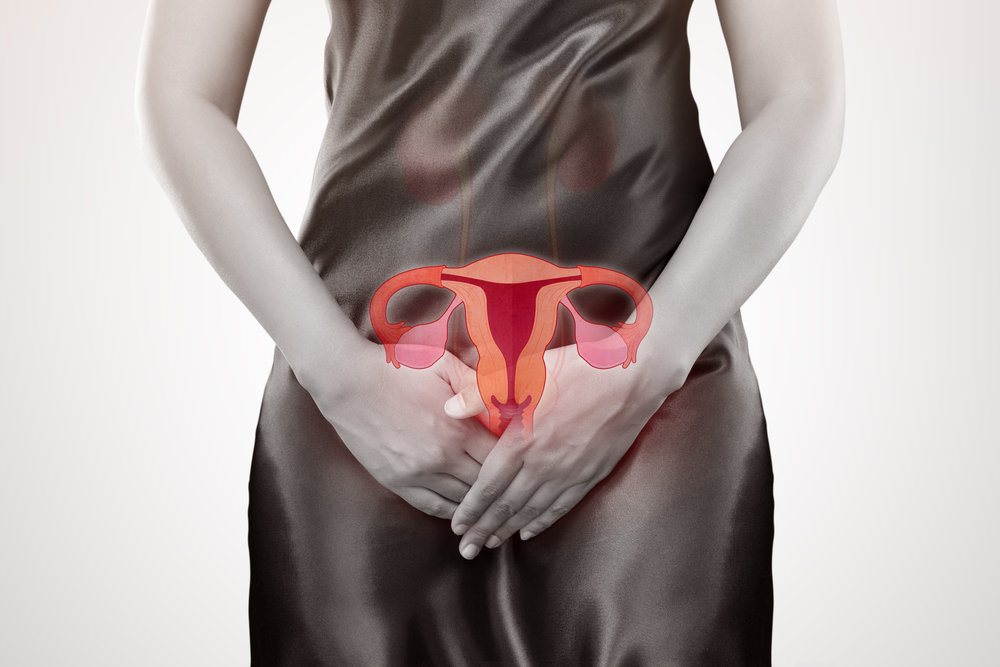
Women with high estrogen levels may develop noncancerous tumors called fibroids in the uterus. These fibroids can cause heavy menstrual bleeding and pain.
7. Fatigue

Both men and women may experience feelings of fatigue due to imbalances in estrogen.
Read More: Menopause diet: 5 Things Every Woman Needs to Know About Menopause
8. Decreased sex drive

High estrogen levels can contribute to a decreased interest in sex for both genders.
9. Mood changes

Excess estrogen can lead to feelings of depression or anxiety in both men and women.
10. Infertility

Men with elevated estrogen levels may experience a decline in sperm count and quality, leading to infertility. For women, high estrogen levels can cause problems with ovulation and menstruation, which can lead to infertility.
11. Gynecomastia

As mentioned above, excessive estrogen levels can cause the development of breast tissue in men, resulting in swollen breasts.
12. Erectile dysfunction (ED)
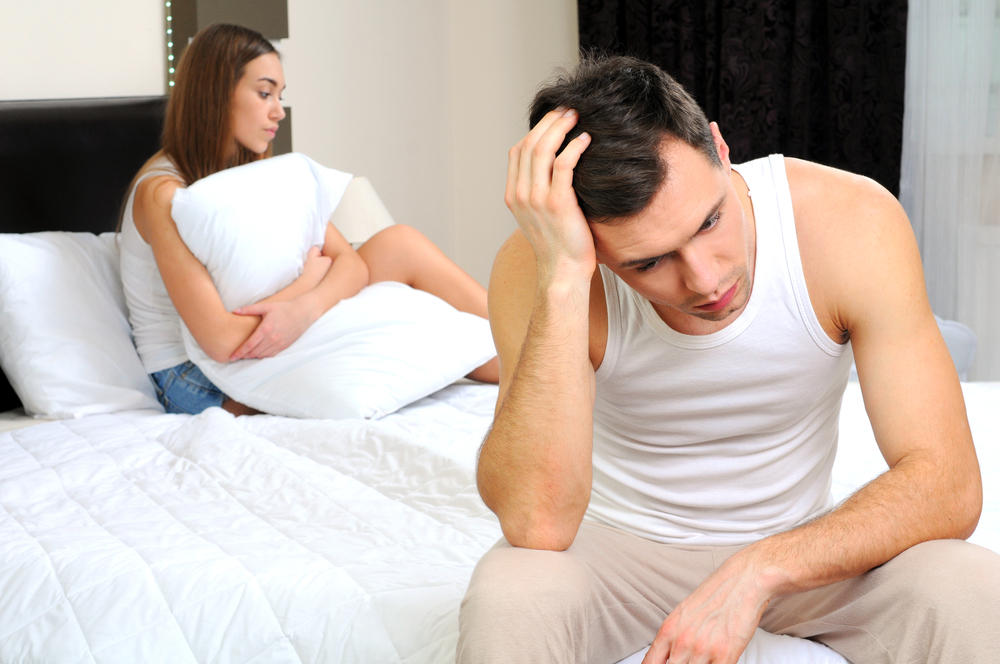
Men with high estrogen levels may experience difficulties achieving or maintaining an erection.
13. Irritability

High estrogen levels can contribute to irritability and mood swings in both men and women.
Read More: A Month Before A Heart Attack, Your Body Could Be Warning You With These 9 Signals
14. Hair loss

While not as common, high estrogen levels in both men and women can contribute to hair loss. This hair is thankfully reversible if estrogen levels are brought back into balance.
15. Increased risk of blood clots
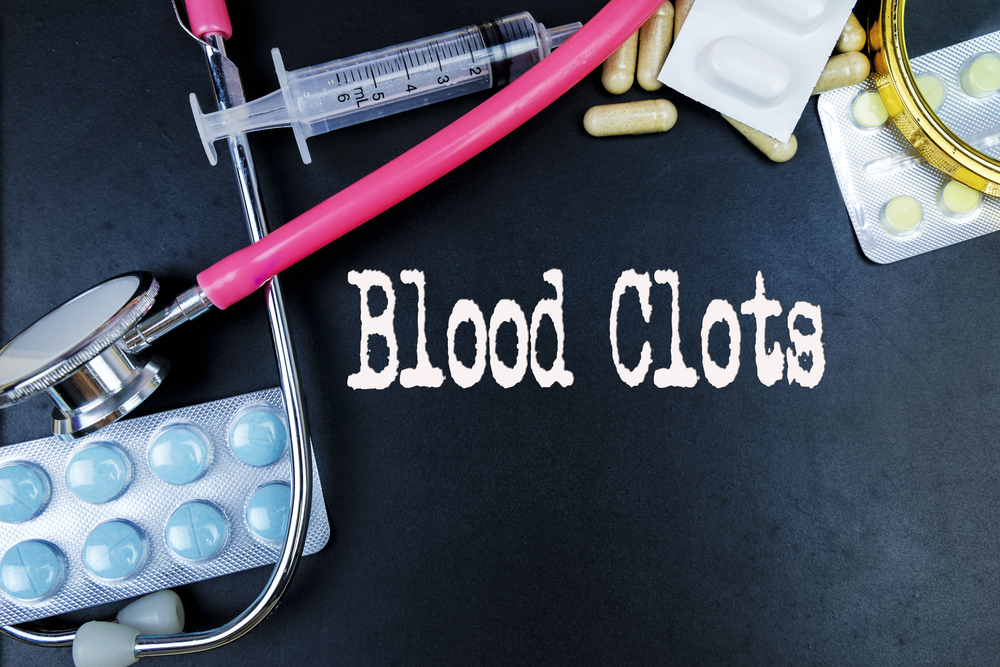
High estrogen levels can increase your risk of developing blood clots, which can lead to stroke or heart attack.
Balancing Estrogen Levels

If you suspect you have high estrogen levels, it’s essential to consult with a healthcare professional for an accurate diagnosis and appropriate treatment. However, there are several measures you can take to help balance your estrogen levels, including:
- Dietary changes: Focus on consuming a well-balanced diet rich in fruits, vegetables, whole grains, and lean proteins. Avoid processed foods and reduce your intake of red meat.
- Regular exercise: Engage in moderate physical activity regularly to maintain overall hormonal balance.
- Stress management: Practice stress reduction techniques such as meditation, yoga, or deep breathing exercises to support hormone regulation.
- Weight management: Maintain a healthy weight, as excess body fat can contribute to estrogen imbalances.
- Limit exposure to environmental estrogen-mimicking compounds: Avoid products containing xenoestrogens, such as certain plastics and pesticides.
- Hormone replacement therapies: If undergoing hormone replacement therapy, discuss options with your healthcare provider to ensure optimal balance.
- Medication: In some cases, medication may be prescribed to regulate estrogen levels. This can include anti-estrogen medications or hormonal contraceptives.
- Surgical interventions: In specific circumstances, surgery may be recommended to address underlying conditions contributing to high estrogen levels.
The Bottom Line

https://www.shutterstock.com/image-photo/active-seniors-having-walk-bike-autumn-245396401
Maintaining balanced estrogen levels is essential for both women and men to promote overall health and well-being. By understanding the signs of excess estrogen and taking proactive steps to address imbalances through lifestyle changes and medical interventions, you can achieve optimal hormonal balance. However, it’s vital to consult with a healthcare professional for personalized advice and guidance tailored to your specific situation.
Read More: Brittle Nails? Poor Sleep? Start Eating More Of These Foods Immediately
Sources
- “Signs and Symptoms of High Estrogen.” Healthline. Kimberly Holland. January 30, 2024
- “The role of estradiol in male reproductive function.” Pubmed. Michael Schulster, Aaron M. Bernie and Ranjith Ramasamy. May- June 2016.
- “Estrogen and weight-gain: what is the connection?” Kauvery Hospital. April 25, 2021.
- “Gynecomastia: Etiology, Diagnosis, and Treatment.” NCBI. Ronald S. Swerdloff, MD, MACP and Jason C. M. Ng, FHKAM. January 6, 2023.
- “Estrogen Leads to Reversible Hair Cycle Retardation through Inducing Premature Catagen and Maintaining Telogen.” NCBI. Hui-min Hu, Shou-bing Zhang, Xiao-hua Lei, Zhi-li Deng, Wei-xiang Guo, Zhi-fang Qiu, Shuang Liu, Xin-yue Wang, He Zhang, and En-kui Duan. July 5, 2012.
